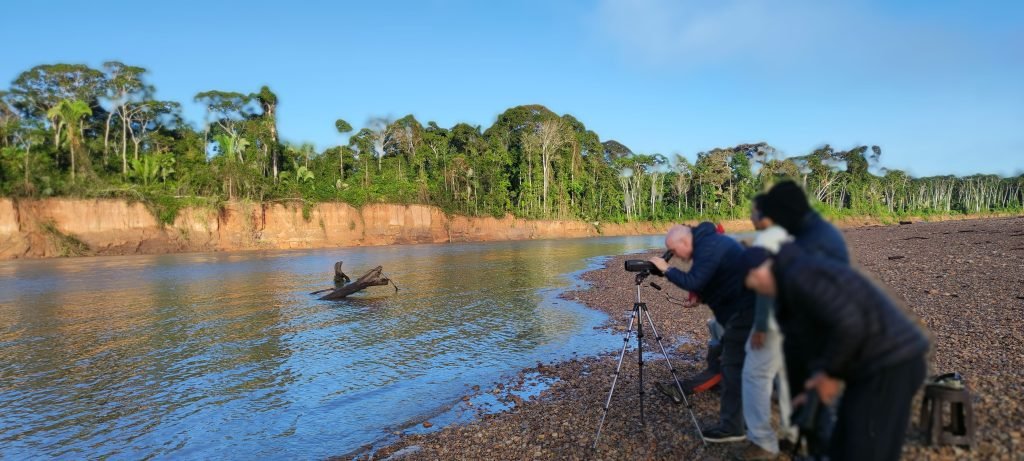The weather in Tambopata in the month of March (Peru)
What is the average temperature in March?
If you wish to travel to Tambopata in the month of March you should know that this month is considered a warm month, and the final month of the rainy season. The average maximum daytime temperature in Tambopata in March is 30.8°C (87.44°F) which characterizes warm but humid days due to the characteristics of the Amazonian zone. The average minimum temperature drops to around 21.6°C (70.88°F) (often the minimum temperature is noticed during the night), you won’t get to feel cold but compared to other months the weather in March drops a few degrees more. Some would describe it as pleasantly warm, humid but cool.
In comparison, the hottest month in Tambopata National Reserve, September, has days with highs of 33°C (92°F) and lows of 22°C (72°F). The coolest month, July, has days with highs of 82°F (28°C) and lows of 67°F (19°C).
What to wear in March?
Due to the weather conditions in this month we recommend visitors traveling to Tambopata to bring a fully waterproof coat as it will rain often. However, you should also pack your summer clothes and light colors as it can be very hot and even sweltering during the midday full sun.
How much rain does it rain in March?
In Tambopata National Reserve in March, there is a 77% chance of rain on an average day. And on the average day that it rains or snows, you can expect up to 0.43 in (10.8 mm) of river volume. In more common terms some would describe it as light rain or drizzle, don’t worry this type of rain need not be a major inconvenience on your trip.
The rainiest month in Tambopata National Reserve is February where an average day has an 87% chance of precipitation and receives 0.39 inches (9.9 mm) of river volume, while the driest month in Tambopata National Reserve is August where an average day has a 17% chance of precipitation and receives 0.37 inches (9.3 mm) of rain volume.
March is part of the end of the rainy season, with an average monthly rainfall of 305 mm. March averages about 15 rainy days per month.
How cloudy is the sky in March?
The average amount of time that the sky is clear and sunny, including partly cloudy days or days when clouds are present but dissipated, in Tambopata National Reserve during March is 5.1 hours (21% of the day). As a point of comparison, the month with the most clear and sunny days in Tambopata National Reserve is July with an average of 14.8 hours per day while February has the least amount of cloud-free hours with only 4.2 hours per day.

What time is sunrise and sunset in March?
The average day in Tambopata National Reserve during March has 12.2 hours of sunlight, with sunrise at 6:40 AM and sunset at 6:50 PM.
The day with the most daylight in Tambopata National Reserve is December 17 with 12.9 hours while June 18 has the least amount of daylight with only 11.3 hours.
How wet is it in March?
In March, Tambopata National Reserve is characterized as one of the wettest months with an average of 92% (relative humidity), very typical of the Amazon region and classified as humid but cool. February has the highest relative humidity with 93% and is the least humid in September with 64%.
How windy is it in March?
Historically, the wind in Tambopata National Reserve during March blows at an average speed of 7.4 km/h (4.6 mph). The windiest month is during September, with an average speed of 8.5 km/h (5.5 mph), while the calmest month is April, with an average speed of 7 km/h (4.6 mph).
What to wear in March?
With an average high of 83°F (28°C) and a low of 73°F (23°C), it usually feels pleasantly warm, humid but cool. There can also be a good chance of rain. With this in mind, most people would dress in something very light, such as a sleeveless shirt, and it is important to complement this with a rain jacket or rain poncho and boots for walking in the mud.
Where does this data come from?
The weather data for Tambopata National Reserve were collected from NASA’s MERRA-2 project, which used a climate model combined with historical data from weather stations around the world to estimate what conditions were like at each point on Earth.





